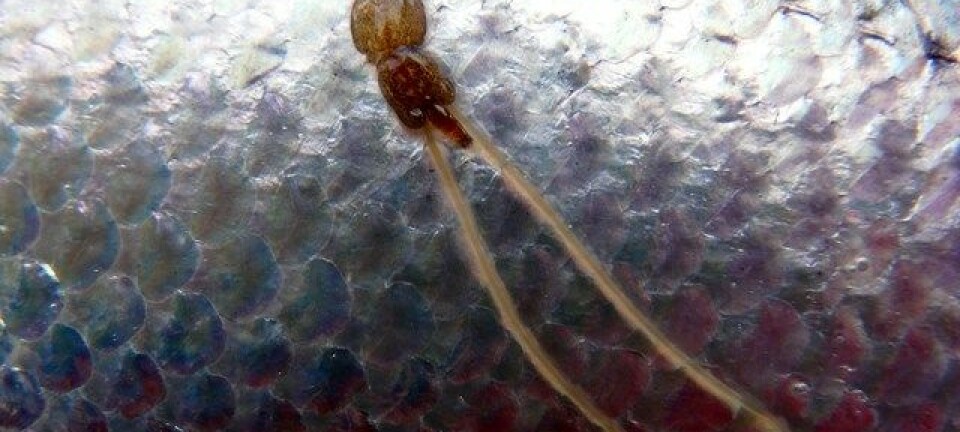An article from Norwegian University of Life Sciences (NMBU)

Scientists worry about parasite hosted by foxes
The dwarf tapeworm has not yet been detected in Norway, but researchers are concerned that it soon will be.
Norwegians are used to being able to walk freely through forests and mountains, to eat berries straight from bushes and plants and drink from streams without fear of contracting serious infections.
For this reason, the health authorities and researchers are working to prevent the dwarf tapeworm (Echinococcus multilocularis) from invading the country. For this notorious parasite is dangerous and can lead to serious illness and even death.
“However, it may be difficult to keep it at bay because we are not in control of wild animals crossing our borders,” says Lucy Robertson, Professor of Parasitology at the Norwegian University of Life Sciences (NMBU).
Foxes are the primary carriers
According to WHO/FAO, the dwarf tapeworm is the third most prevalent parasite in the world infecting humans via the food chain.

The fox is the main host of the tapeworm, which can also infect other predators such as dogs, raccoons and wolves.
The intestines of one fox can be host to more than 10,000 tapeworms and each worm lays about 500 eggs every 10 days. A substantial number of eggs are therefore excreted with the faeces, thereby polluting the environment. The eggs can survive the winter and withstand freezing temperatures.
Small rodents are usually intermediate hosts for the fox's tapeworm. When a mouse ingests tapeworm eggs, cysts containing larvae develop which are then ready to infect foxes and dogs as soon as they eat the mouse.
Once in the intestines of their predator host, the larvae develop into adult tapeworms which then lay eggs, so perpetuating the cycle. Other animals and humans can also act as intermediate hosts for this tapeworm.
Stomach pains and liver failure
Infected humans can develop the parasitic disease alveolar echinococcosis, a serious condition which, if left untreated, can lead to death.
The incubation time between infection and the first symptoms of the disease is long, often between 5 – 15 years. During this period, tumour-like cysts slowly develop in the internal organs, most usually in the liver, and these may be mistaken for cancerous tumours. The larvae can also spread to the lungs and the brain.
Symptoms in humans are loss of weight, stomach pains and signs of liver failure.
An early diagnosis is crucial for a good prognosis and the treatment is surgery combined with anti-parasitic drugs.
But if large numbers of cysts have developed in an organ, or if the larvae have spread to several organs, even treated patients often suffer relapses and are never completely cured.
The tapeworm can gain access via berries and animals
Smuggling dogs across the border, and the legal entry of pets which have not been properly treated with parasiticides, also pose great risks to enabling the parasite to get a foothold in Norway. Other ways that the parasite can enter the country are via infected rodents that are stowaways with shipments from abroad and via wolves and foxes crossing the borders.
Humans usually become infected after coming into contact with the fur or faeces of infected dogs. It is rare for humans to become infected by eating wild berries or mushrooms that have not been heat-treated.
“But since it takes several years from the time of infection until the patient notices the first symptoms, it can be difficult to track down the source of infection,” says Robertson.
Dogs must be regularly wormed
Robertson urges Norway to make every effort to keep the parasite out of Norway: preventing the illegal entry of dogs and enforcing health rules when dogs are imported legally are important measures in this respect.
All dogs brought into Norway from abroad must be dewormed 24 – 120 hours before entry into the country. For more rules and regulations, see fact box.
------------
Read the Norwegian version of this article at forskning.no
Translated by: Deborah Ann Arnfinsen

































